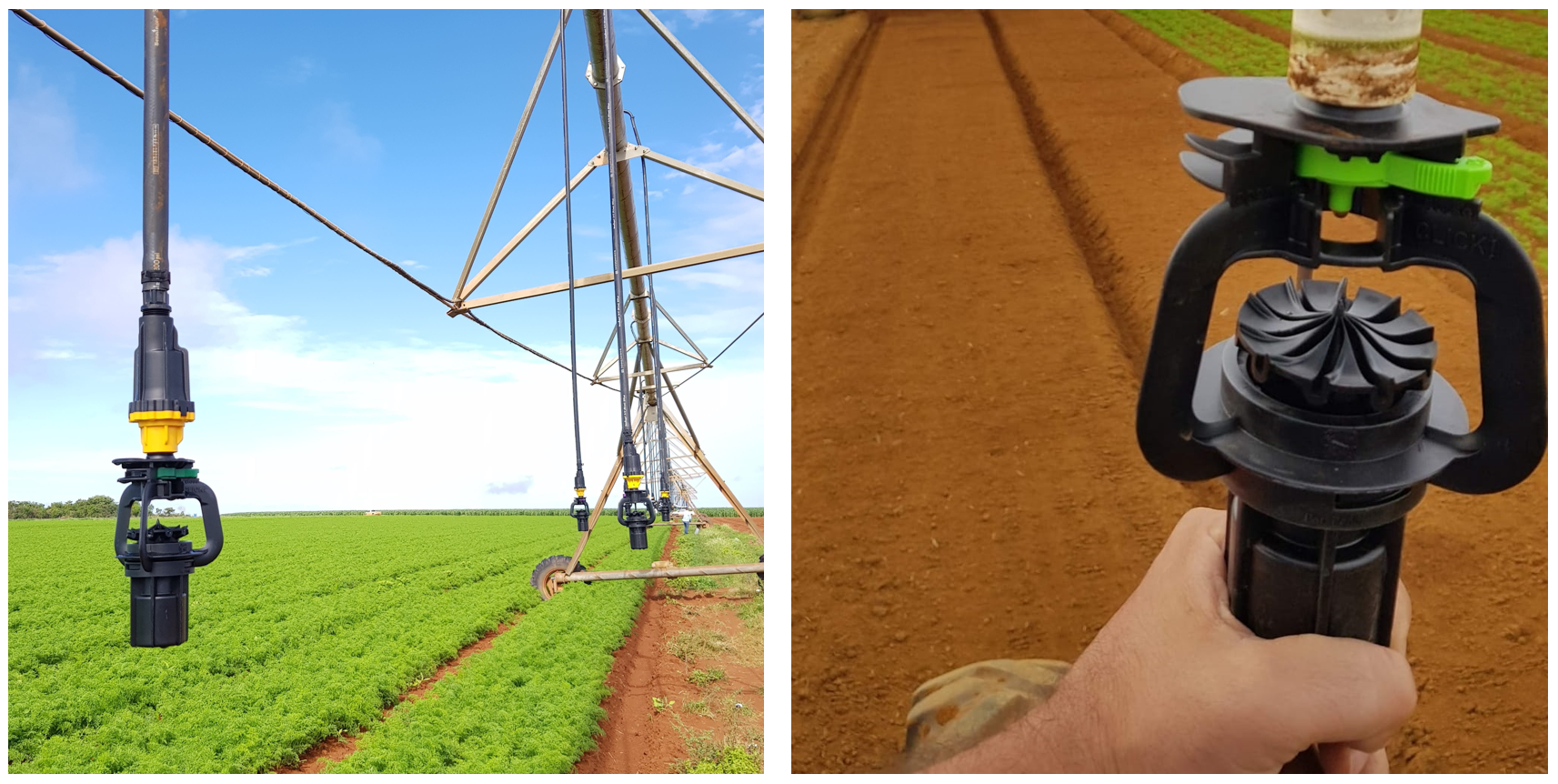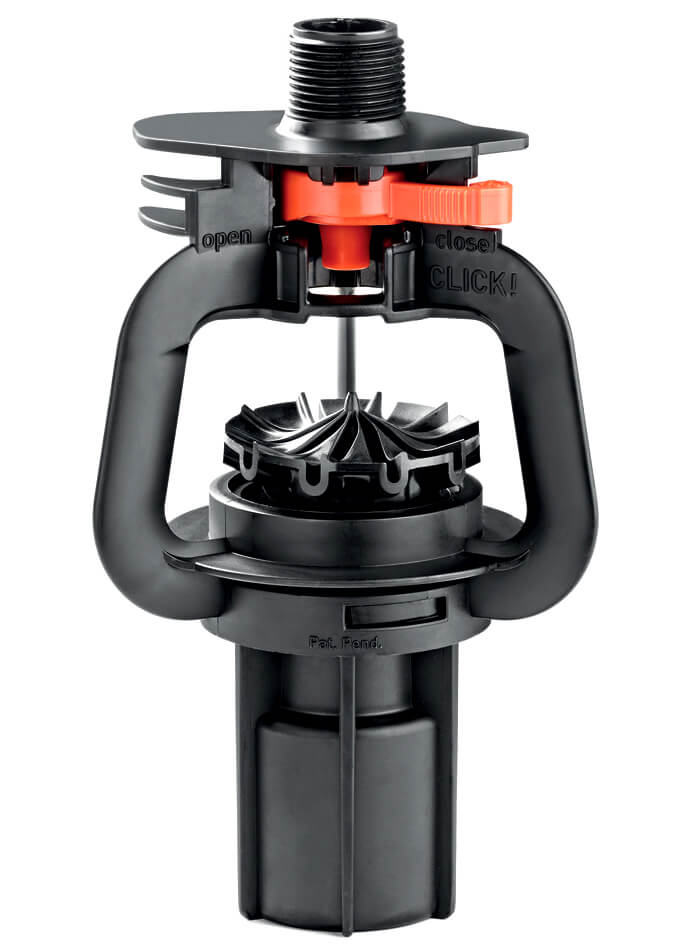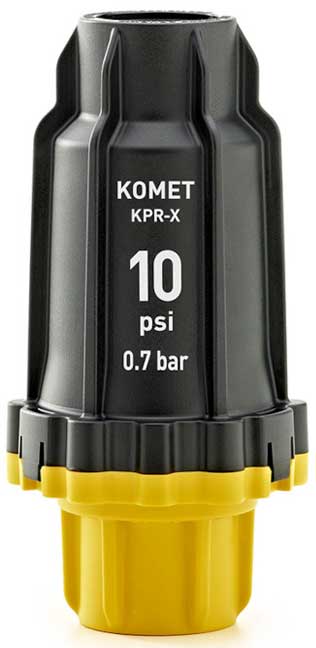Low in calories, high in nutrients and fibre: The carrot counts as the second-most popular vegetable after the potato, and has long become a healthy staple in kitchens around the world. Starting out as a wild plant in Central Asia, the daucus carota found its way to Europe on ancient trading routes. Centuries later, it was introduced to the New World, where it became an important food & medicinal crop for Native Americans and European settlers alike. Today, the US is among the top-three producers of carrot crops in the world, along with Russia and China.
There are hundreds of carrot varieties to choose from, each with its own characteristics in terms of color, size and flavor. What they all have in common is that they require some very specific soil preparation. Because the carrot is a root crop and develops underground, it is essential to ensure that the seedbeds are free of obstacles such as rocks or clumped soil, which could stifle plant growth and lead to deformities such as forking.
In addition, the carrot counts as one of the most delicate crops when it comes to sprinkler irrigation.
 Irrigation. Mechanized irrigation is a great option for this crop, as carrots need consistent moisture throughout the growing season. But especially during the fragile germination period, choosing a sprinkler design that guarantees the right droplet size is of vital importance.
Irrigation. Mechanized irrigation is a great option for this crop, as carrots need consistent moisture throughout the growing season. But especially during the fragile germination period, choosing a sprinkler design that guarantees the right droplet size is of vital importance.
If the droplets are too large, their kinetic impact can cause a myriad of problems – from displaced seeds (resulting in interrupted plant rows and uneven germination), to compacted soil (which keeps the seedlings from pushing through the surface), all the way to seedbed erosion, which exposes the seeds to rodents and birds. The same care must be taken during the intermediate cycle (after the seedlings have emerged, but before they achieve full vegetation cover). At this stage, heavy droplets can still damage the seedlings on impact – or cause erosion to expose their roots, so they can no longer draw water and nutrients from the soil. To avoid this, simply using smaller droplets might seem like the obvious solution. However, if the droplets are too small, they are at risk of being lost through wind drift and evaporation before they have a chance to infiltrate the soil. The irrigation goal is therefore to reduce the kinetic impact without compromising the application efficiency.
To start with, this means avoiding sprinklers with very fine groove deflectors, and opting for the broader – and gentler – distribution pattern of wide deflectors instead. Some farmers also use structural methods to reduce the instantaneous precipitation, such as boomback systems or alternating drops over the truss rod. Both options allow for a more gradual infiltration of the water into the soil.
Another common course of action, is to work with a slightly higher operating pressure (for instance 15 psi), as this decreases the size of the emitted droplets. But this is where things can get tricky. In the video below, we see a classic example of what happens when an incorrect configuration has been selected in the sprinkler chart. Clearly, the intention here was to irrigate with small droplets in order to protect the soil and crop; the result, however, is a very poor application efficiency, as illustrated by the visible misting:
In essence, a large portion of the emitted water will be lost before it can even reach the ground.
So what should you do instead? To avoid this pitfall, it is important to choose a sprinkler type that can maintain a steady number of rotations per minute (RPM), even if the pressure has been increased. With most conventional rotating sprinklers, turning up the system’s operating pressure will inevitably increase the sprinkler’s RPM – leading to ultra-fine droplets and, in turn, the wasteful misting shown in our video.

The Komet Precision Twister (KPT), on the other hand, features a patented, internal brake system based on hydromechanical compensation. This allows the KPT to maintain a consistent rotation speed despite an increase in pressure – and, therefore, a reliable, ultra-precise control of the emitted droplet size. Combined with pressure regulators such as the Komet Precision Regulator (KPR-X) 15 psi, the Komet Precision Twister (KPT) is able to irrigate even the most delicate crops at that coveted ‘golden mean’ of low mist building & high application efficiency.
 Did you know? April 4th is International Carrot Day.
Did you know? April 4th is International Carrot Day.

So put on your brightest orange shirt and celebrate the carrot with us!


